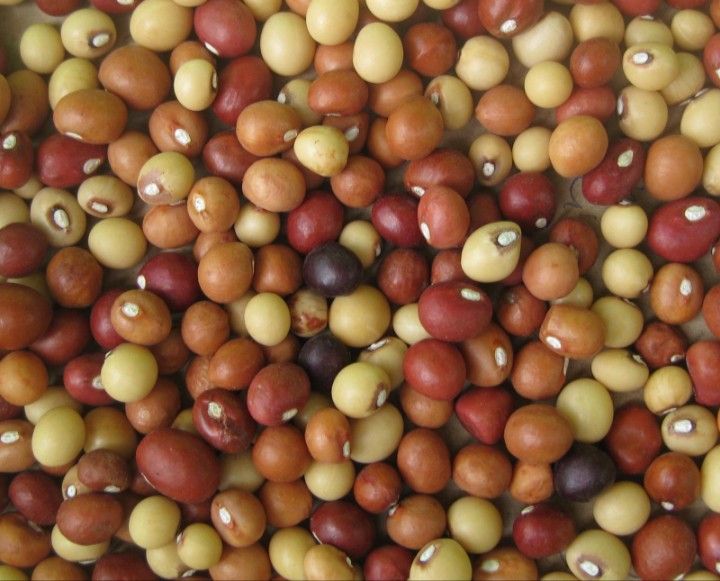
In the fertile soils of Western Kenya, particularly in Busia County, thrives a humble yet powerful crop that has fed generations and holds untapped economic promise — the Chimbande, known scientifically as the Bambara groundnut or Vigna subterranea by its botanical name. Though often overshadowed by more commercial crops like maize or peanuts, Chimbande is one of the most valuable and underutilized legumes in the region. Go to some events in Western Kenya such as dowry payment and you’re likely to see a plate of roasted chimbande on the table alongside peanuts and most people will be drooling over them.
What is Chimbande?
Chimbande or mbande, or njugu mawe to some people is a drought‑resistant legume that grows just like peanuts. Its seeds develop underground in hard pods, and when harvested, the round nuts — usually brown, black, cream, or speckled — are rich in protein, carbohydrates, and essential minerals. It’s often called a “complete food” due to its solid macronutrient profile: roughly 60 % carbohydrates, 14–25 % protein, and 6–7 % fat. It thrives in poor soils and hot climates, making it a climate-smart crop especially across sub‑Saharan Africa.
Locally, Chimbande is boiled or roasted and enjoyed as a snack or staple food. But its value goes far beyond the dinner plate.
Cultivation: A Farmer’s Best Friend
Why Farmers Love It:
1. Requires little rainfall – thrives in semi-arid areas
2. Low input costs – no fertilizer or pesticides needed
3. Enriches soil – being a legume, it fixes nitrogen naturally
4. Resistant to pests and diseases
How to Grow Chimbande:
1. Land Preparation:
Similar to groundnut fields: well-tilled, moderately drained soil.
2. Planting:
Plant seeds at the onset of rains (March–April or August–September).
Spacing: 30 cm between rows and 15–20 cm within the row. Each seed is sown about 5 cm deep.
3. Maintenance:
Minimal weeding needed, no fertilizers or chemical sprays required and matures in 90–120 days.
4. Harvesting:
Pull the entire plant when leaves start yellowing.
Pods are underground and need to be dug out carefully.
Market Potential: The Sleeping Giant
Despite its nutritional and agricultural benefits, Chimbande remains under-commercialized. However, there’s a growing demand locally and internationally due to its:
1. High protein and fiber content
2. Gluten-free nature (great for health-conscious consumers)
3. Use in plant-based foods and flours
4. Demand in urban markets like Nairobi, Mombasa, Kisumu and Nakuru
5. Opportunity for Farmers and Agribusiness:
6. Processing potential: Roasted snacks, flour, porridge mixes
7. Export potential: Some countries in Europe and Asia import it as a superfood
8. Women’s groups and youth: Can engage in value addition and small-scale trade
A Future Crop for Food Security
Chimbande is more than a traditional food — it’s a climate-smart, nutrient-rich, and marketable crop that could change lives in Western Kenya. As climate change continues to affect rain patterns and crop yields, Bambara groundnut offers a resilient alternative that requires minimal inputs and offers maximum returns.
Final Thought
If you’re a farmer, a trader dealing with cereals, youth, or cooperative in Western Kenya, consider investing in Chimbande — not just as a crop, but as a tool for food security, economic empowerment, and sustainable agriculture. A kilo of chimbande locally goes for about Kshs 400 while the famous tin or gorogoro is as much as a thousand Kenya shillings which is almost double the cost of peanuts.

Disclosure: This banner contains an affiliate link. I may earn a commission if you purchase through it, at no extra cost to you.
